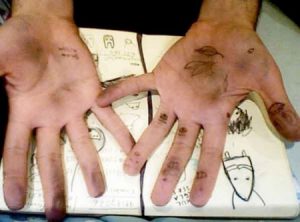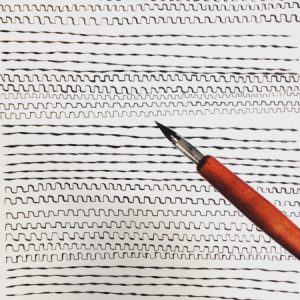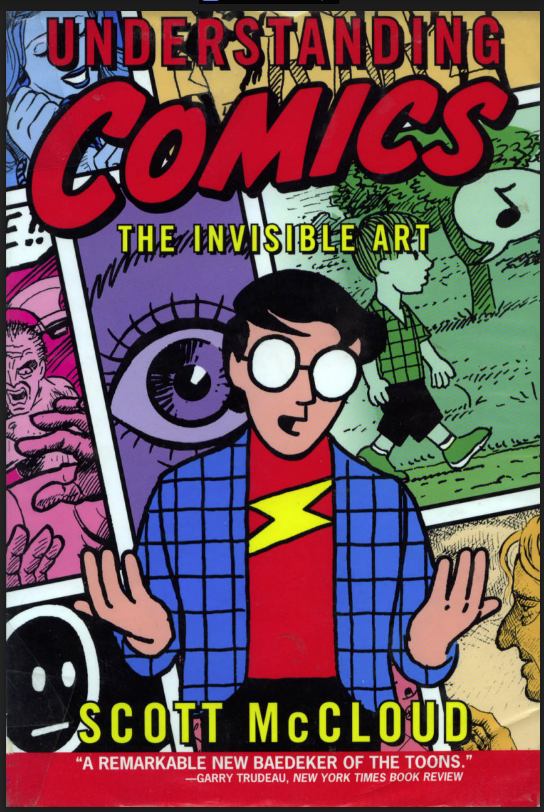The Comic Strip
Author: Sara Gómez Woolley (Page 7 of 11)
Ink can be a messy medium!
Before you begin your work in this medium, here are some helpful tips and tricks.
- Always warm up.
Just as you would warm up before exercise, warm up before using ink. Take the time to work on your lines and strokes on a separate sheet of paper before you begin working on your actual illustration. This will ensure that you have proper command of your hands.
This image is of comic book artist Jacob Halton’s inking warm-up, which he does in the morning to “get command of his hands”.
- Don’t tape down your page.
Marks are easier to make when moving your hand in certain directions, so move your page around in order to make this possible. Work your hands in the way that they move naturally.
- Begin with thicker lines.
This is a way to keep warming up your hands. Thicker lines are safer to work with until you feel confident enough to move onto the drawing’s fine detail portions.
- Work in a way that minimizes smearing.
Don’t try to work on the illustration in a left-to-right method, or in any order like that. Instead, think about where your hand may smear the ink, and work in a way that minimizes that smearing. Some artists place a piece of paper or paper towel under their inking hands in order to help with this process.
- Address large areas of ink last.
All paper, including watercolor paper or Bristol board, will warp when wet. It’s much easier to draw controlled lines on completely flat paper. Therefore, draw your lines before soaking any large areas with ink, otherwise known as executing an ink wash. Another method is to fill in large areas of ink, and then either allow for drying time or use a hair dryer before moving on to finer details.
Chapters 1 & 2
Our course text is Understanding Comics By Scott McCloud. It is a comic book about comic books. McCloud, in an incredibly accessible style, explains the details of how comics work: how they’re composed, read, and understood.
Discussion Questions
Chapter 1 – Setting The Record Straight – pp. 2
- What is McCloud’s dilemma regarding comics as the book begins?
- What’s the difference between pictures and comics?
- According to McCloud, why isn’t it easy to define comics?
- To what definition does he eventually arrive?
- List the ancient civilizations that had some form of comics.
Chapter 2 – Vocabulary of Comics – pp. 24
- What is an icon?
- How does knowing what an icon help you “get” the author’s point about the “Treachery of Images”?
- Discuss the concept of the universality of the cartoon. How/why does this concept help readers of comics?







Recent Comments